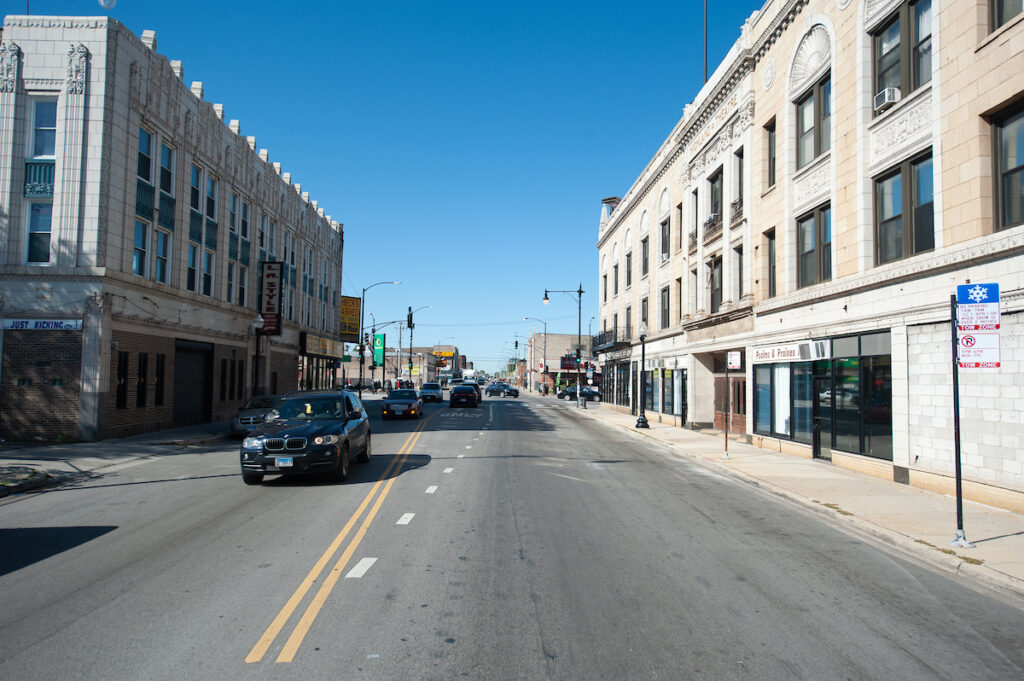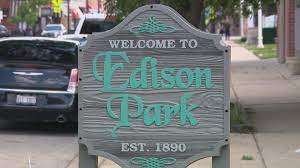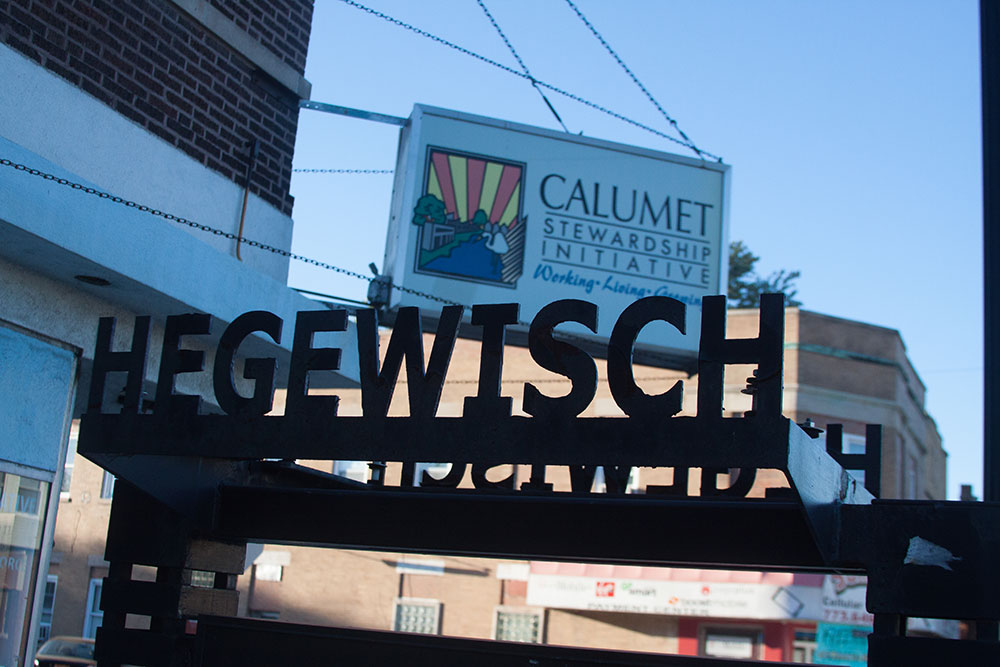Auburn Gresham in Chicago
Auburn Gresham, a vibrant community area in Chicago, has a rich history that dates back to the early nineteenth century. Take a dive into this comprehensive overview of Auburn Gresham, highlighting its development, transportation, landmarks, demographics, and more.
Development
The development of Auburn Gresham began with small German and Dutch settlements in the early nineteenth century. However, it was the arrival of Irish railroad workers in the mid-nineteenth century that led to further residential and commercial growth. The extension of city services and the World’s Columbian Exposition in 1893 attracted more settlers to the area. The population nearly tripled between 1920 and 1930, resulting in the construction of various housing types, including bungalows, two- and three-flats, and apartment buildings.
The accessibility of Auburn Gresham to transportation made it an attractive destination for families seeking to escape more congested areas of the city. Many residents migrated from working-class neighborhoods, such as Bridgeport, Canaryville, and Back of the Yards, as well as Englewood. The neighborhood’s population growth was also fueled by its convenience for city workers, including police officers, firefighters, and railroad and construction workers.
Transportation
Auburn Gresham benefits from convenient transportation options. The neighborhood is served by a Metra commuter rail stop at W. 87th St. and Vincennes Ave., providing daily inbound service to LaSalle Street Station in Chicago and outbound service to Joliet. Additionally, the CTA red line stops at 79th St. and 87th St., offering further accessibility along the Dan Ryan Expressway in nearby Chatham.
Landmarks
Auburn Gresham boasts several notable landmarks. The Thurgood Marshall Branch of the Chicago Public Library, located at W. 75th St. and S. Racine Ave., provides residents with a valuable resource. St. Sabina Church, led by Reverend Michael Pfleger, has been instrumental in the transformation of Auburn Gresham, with new housing and storefronts revitalizing the neighborhood. The St. Leo Campus for Veterans, Perspectives Leadership Academy, and Perspectives Technology Academy also contribute to the community’s growth and development.

Demographics
Over the years, Auburn Gresham has seen changes in its demographics. In the 1930s, approximately 21% of the population had Irish ancestry, while German Americans, Swedish Americans, Polish Americans, Italian Americans, and French Americans also resided in the area. The neighborhood was home to a diverse range of religious affiliations, with Roman Catholics forming the largest percentage of residents. The population of Auburn Gresham increased significantly between 1960 and 1970, and by 1970, it was predominantly African American.
Community Organizations and Challenges
In the 1950s, as African Americans sought housing outside of the overcrowded Black Belt, many began moving into neighborhoods adjacent to Auburn Gresham. This led to the formation of the Organization of Southwest Communities (OSC) in 1959. The OSC aimed to maintain property values, dispel racist stereotypes, and prevent violence while promoting peaceful integration. Initially, the OSC enjoyed widespread support, but crime rates in the Gresham police district rose in the 1960s, causing concerns among residents. Additionally, city and national events, such as civil rights marches and riots, impacted race relations in the area.
Despite these challenges, Auburn Gresham continued to evolve and adapt. The neighborhood became predominantly African American by 1970, attracting middle-class federal employees and CTA workers. The transition from a white to a black community was facilitated by organizations like the OSC, which worked to minimize the impact on property values and promote peaceful integration.
Auburn Gresham Today
Auburn Gresham remains an essential community area in Chicago, with a diverse population and a strong sense of community. It continues to undergo revitalization efforts, with new housing developments and businesses contributing to its growth. The neighborhood’s rich history and cultural heritage make it a vibrant and dynamic place to live.
Auburn Gresham’s development, transportation options, landmarks, demographics, and community organizations have shaped the neighborhood into what it is today. Its history reflects the challenges and triumphs of a community that has evolved and adapted over time. Auburn Gresham is a testament to the strength and resilience of its residents and serves as a vibrant and diverse community within the city of Chicago.


